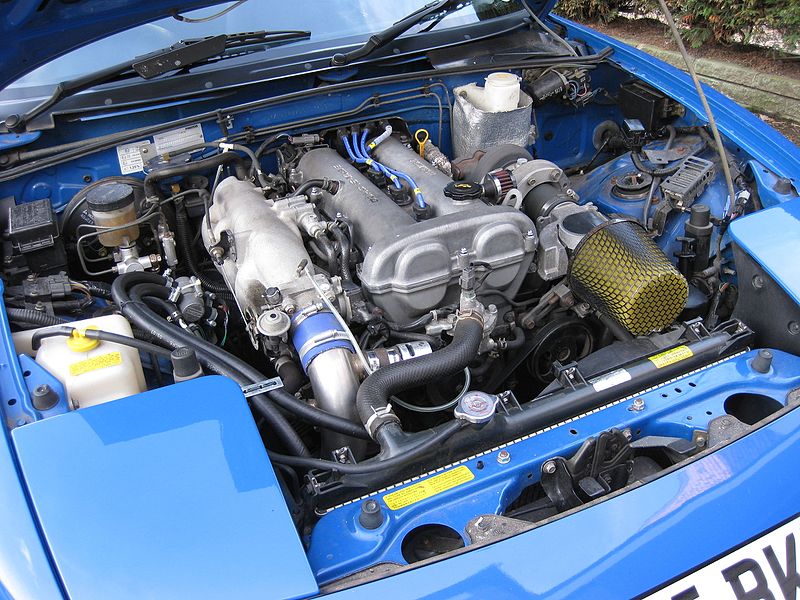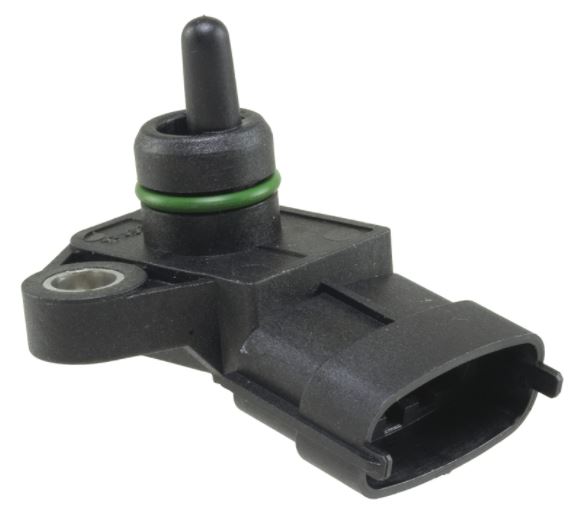Car Boost Pressure Sensor: Malfunctions, Diagnosis, and Replacement
Contents
– Boost pressure sensor: definition and references
– Boost pressure sensor: its constitution and its role
– Boost pressure sensor malfunctions and consequences
What if you’re confused by the allusion to the boost pressure sensor or MAP sensor when it comes to automotive repair? If you don’t know where this component is and what it does? Don’t worry; we’ll tell you all about the function of this mechanical part.
Boost pressure sensor: definition and references
Definition of the boost pressure sensor
The boost sensor and the air pressure sensor, also called “MAP” sensor (MAP for Manifold Absolute Pressure), are all the same thing:
– The boost sensor, a restrictive term that applies only to vehicles equipped with a turbocharger, measures the air intake pressure at the engine inlet. The role of the turbocharger is to ensure that the engine is better filled with air, which is essential for good combustion and therefore synonymous with power. To do this, it is driven in rotation by the flow of exhaust gases and compresses the intake air through a turbine to pressurize it at the engine inlet.
– The air pressure sensor is a generic term. It is fitted to both turbocharged and naturally aspirated engines (without turbo). On atmospheric engines, it is more intended to read depressions, or negative pressures, since in this case, the air is sucked in by the engine.
Reference points: the principle of an electronic management system

A sensor is part of an assembly controlled by an ECU. In the case of the MAP sensor, this is the engine management ECU.
The operation is always the same, i.e. :
– the sensor reads physical quantities (in our case, a value of air pressure) and transforms them into a variable electrical signal;
– this electrical signal is processed by the ECU with signals from other sources (rotation speed, temperature…), which allows it to control an actuator for the proper functioning of the vehicle.
Important: the engine management unit mainly controls the injectors and their injection time and the implementation of the EGR valve to reduce pollutants.
Boost pressure sensor: its constitution and its role
Constitution of the MAP sensor
The air pressure sensor is magneto-resistive. It is composed of a ceramic with measuring resistors sensitive to pressure (positive or negative). This results in electrical signals proportional (from 0 to 5 volts) to the pressure.
It is positioned on the intake manifold. It is often inserted into the manifold by a sealed tube or fixed by one or two screws.
Role of the boost pressure sensor
The MAP sensor allows the ECU to perform the following actions:
– Adapt the injection time:
◦ to the different engine load states (accelerator pedal position and engine speed);
◦ according to the altitude (lower air pressure);
◦ according to the air temperature (hygrometry);
◦ depending on the air pressure.
– Vary the ignition advance.
It is one of the two primary sensors, along with the Top Dead Center sensor, for the engine’s operation and the determination of its basic settings.
Accuracy: the atmospheric pressure value is necessary for the ECU to calibrate the engine pressure values. This is why it has an integrated sensor of the same type, which provides ambient atmospheric pressure.
Malfunctions of the boost pressure sensor and consequences
As we have seen, the pressure sensor is an essential element for the operation of the engine. Depending on the vehicle, its malfunctioning leads to an impossibility of starting or a degraded process (limitation of the engine speed).
Diagnosis
Two cases are possible:
– Sensor removed from the manifold: apply pressure to it with a pressure-vacuum tool and measure the consistency of the electrical signal sent to the ECU.
– Pressure-vacuum measuring tool connected in parallel to the sensor, engine running: check the consistency of the respective pressures displayed on the tool and the diagnostic device.
Replacement
Whatever the supplier (internet, brand network, independent network…), it is essential to choose components of the same quality as the original and of a known brand (Bosch, Siemens, Valeo, etc.).
The prices, which fluctuate greatly depending on the vehicle, vary between $30 and $200.




